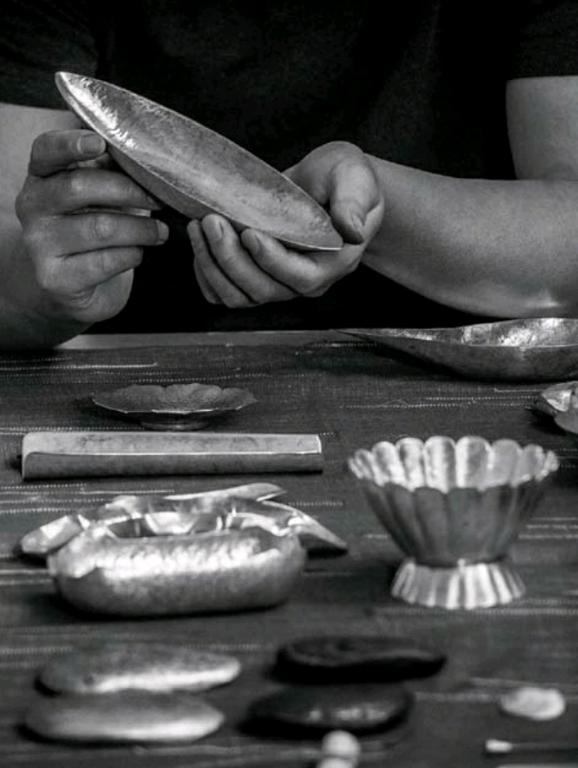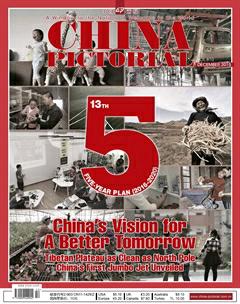Metal Meticulousness
by+Yi+Mei
On November 11, 2015, Hang- zhous SENSO Art Center unveiled Manual Metal Artworks Exhibition which displayed representative works from iconic artists involving traditional Chinese metal handicrafts.
Having engaged in cultural activities for over a decade, Huang Qiwen once talked with his friends about the decline and inheritance problem of traditional Chinese metal working crafts. Ranging from designers and craftsmen to intangible heritage inheritors, the number of artists remaining in this field is less than 50. The conversation led Huang to visit some of these artists and this exhibition was an outcome of his concern.
Chinas metal crafts appeared as early as the middle of the New Stone Age. And, during the Han Dynasty (206 B.C.-220 A.D.), art wares decorated with silver and gold threads, ornaments and inlays emerged. By the time of the Tang Dynasty(618-907), metal craft, featuring relief-like effects and silvery ones in particular, had reached its peak. The period of the Song, Yuan, Ming and Qing dynasties – to which is attributed the development of smelting and discovery of new metals – processing techniques flourished and art items used diverse metals and methods.
In the industrial era, handcrafting workshops were replaced by factories, and craftsmen by machines. The manufacture of metal art works contributed to the decline or even loss of some traditional metal-processing skills. The exhibits in this display are all hand-made and took the artists many months, even years, to complete.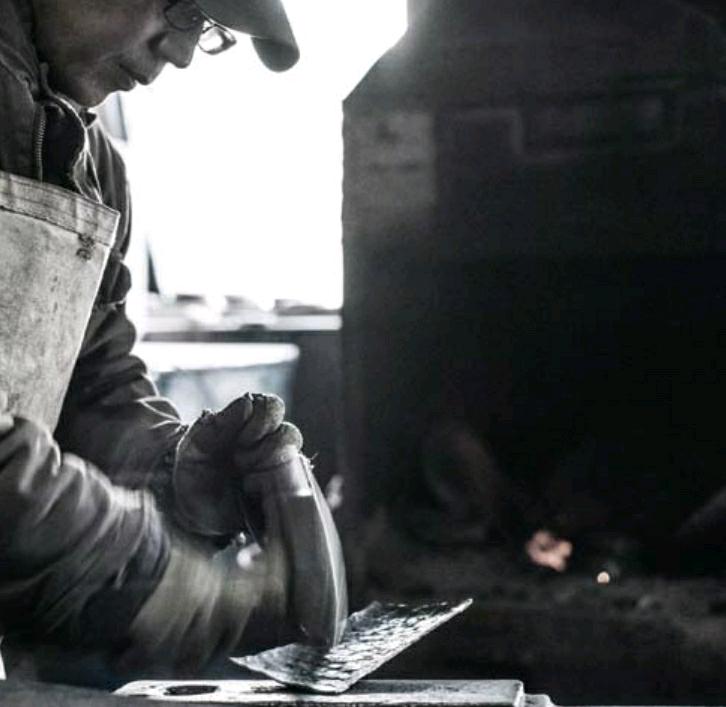
“One hammer after another… Compared to factory-made ones, the items made in this way retain the original properties of the material, such as the natural texture of the material, which are often authentic and most impressive,” said Ding Yajie, the curator.
Cai Dequan, one of the participating artists, uses abstract aesthetics and has created his own metal forging method, which gives expression to his unique artistic style. His works are in many collections at home and abroad, and his initiative to rescue traditional metal craft has attracted much attention.
Hailing from Fuzhou, capital of Fujian Province, Chen Jishu set up his own studio in which he tries to create new-style tea sets for daily use. Chen promotes simple and modest aesthetic tastes by keeping intact as much as the original physical characteristics of the material.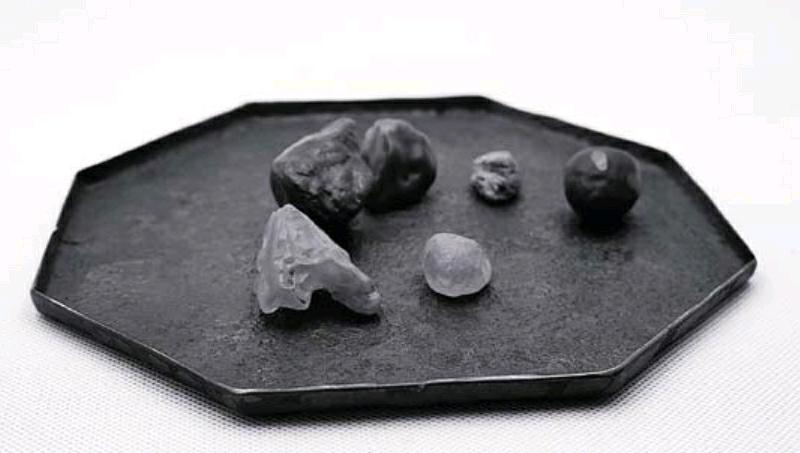
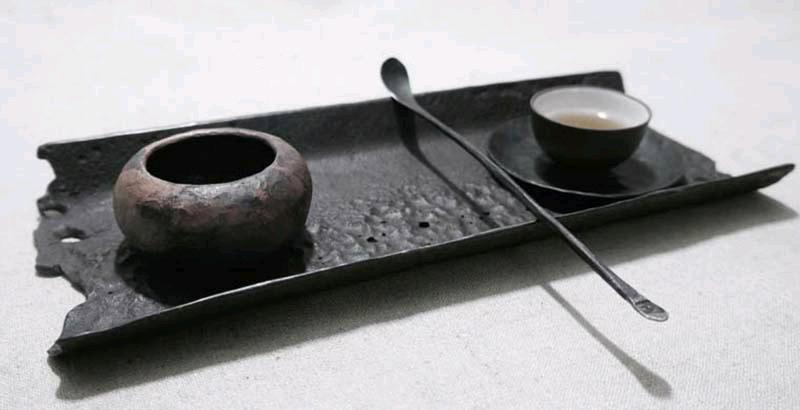
“The process of making by hand is a synchronized evolution of the craftsman and the material. The working process is just like a seed growing in the soil, enjoying the sun, air and water. The surroundings bring in unwitting changes,” says artist Li Qun. “I use my heart to make the thing, by which I hope to move the audiences heart.”
The fast pace of life and restlessness in society distract many from persisting in a career. But each item displayed has the warmth of a hand, tells the story of a craftsman and shows the craftsmans persistence. “Metal craft is complicated and time-consuming, which intimidates many young people. But these eight crafts- men we found are quite the contrary. Their works are brilliant and touching enough to move our hearts,” says Ding Yajie. “Giving shape is the most difficult part of metal processing. It is important to master traditional metal-processing skills, but more important are the will to persist and the desire to sustain the tradition.”